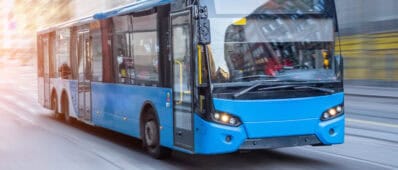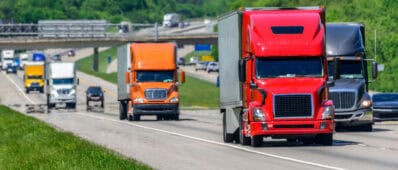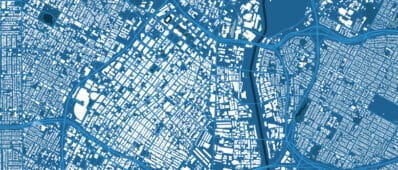Abstract
Bicycle level of service (BLOS) is an essential performance measure for transportation agencies to monitor and prioritize improvements to infrastructure, but existing measures do not capture the nuance of facility differences on the state highway system. However, with the advancements in virtual reality (VR) technology, a VR bicycle simulator is an ideal tool to safely gather user feedback on a variety of bicycling environments and conditions. This research explored the benefits and limitations of using a VR environment to assess individuals’ bike infrastructure preferences. We conducted a bicyclist user experience survey in person on SafeTREC’s VR bicycle simulator and online and compared the results. The online survey consisted of showing participants pairs of VR videos of biking scenarios and asking them to choose the one that they preferred. To validate the online survey responses, we conducted in-person experiments with a VR bike simulator using the same pairs of videos. Our analysis indicates that 63 percent of the responses were consistent while a smaller percentage of responses (37 percent) changed after the simulator ride due to better perception provided by the simulator virtual environment. The outcome of this study helped to validate the online survey responses of the study.




